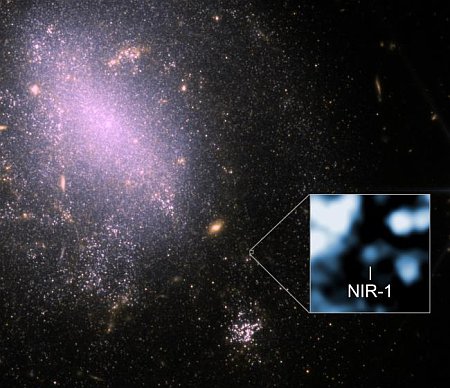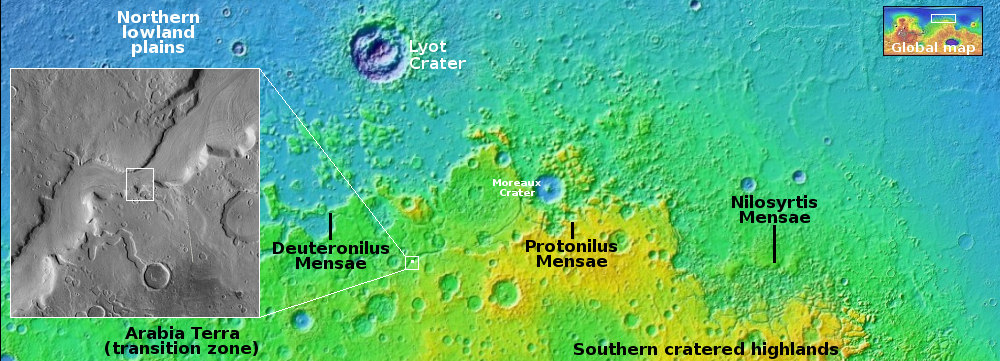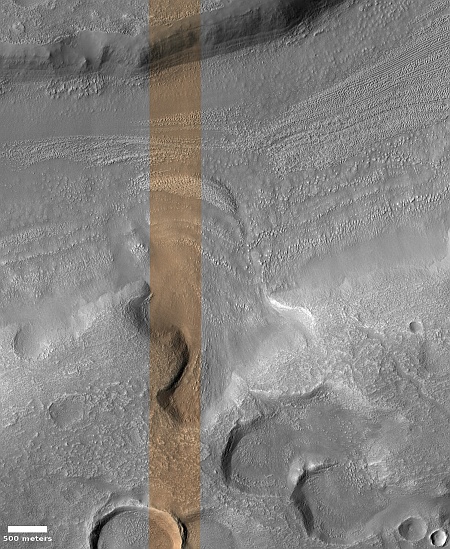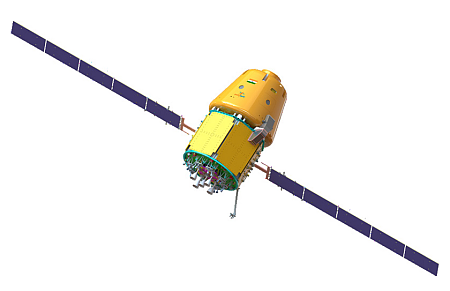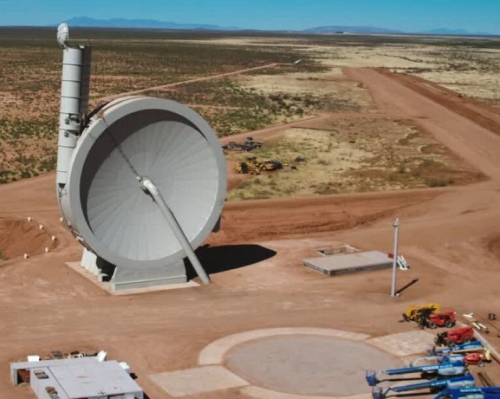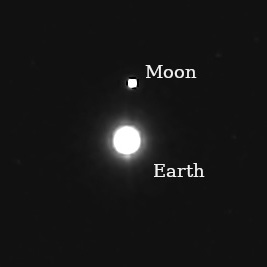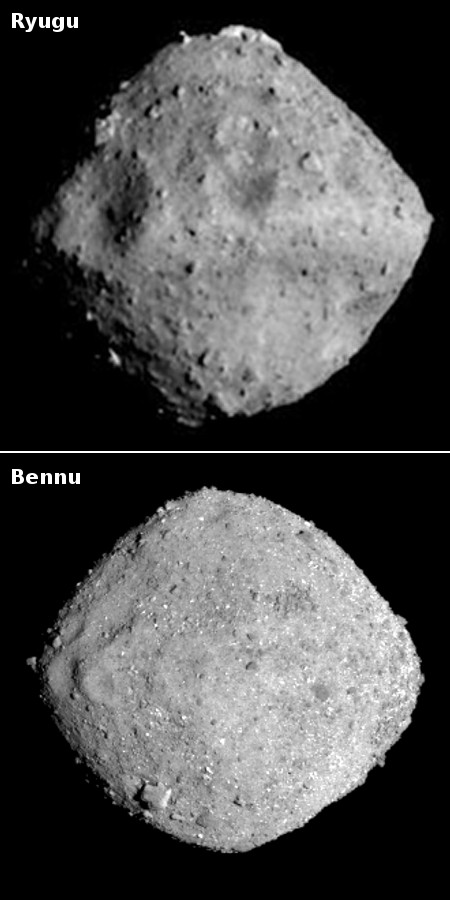
Today’s modern Democratic Party
They’re coming for you next: According to this Fox New report, major bank executives have admitted that White House officials during the Obama and Biden administrations aggressively pressured them to cancel the bank accounts and blacklist many customers, simply because those customers had political opinions that Obama, Biden, and the Democratic Party did not like.
Fox News Digital spoke with two executives at leading U.S. banks, who asked to remain anonymous, fearing reprisals. The executives said that ambiguity in federal laws was exploited by regulators under the Obama and Biden administrations in order to pursue political objectives. According to one executive, banks were pressured to deny services to certain industries as part of Operation Choke Point and Operation Choke Point 2.0. “When there’s ambiguity in the law, beauty is in the eye of the beholder, and for a long time the beholder was the Obama and Biden administration,” the official said.
A House Oversight Committee report found that “Operation Choke Point,” a DOJ task force whose aim was to “choke out” legal companies disfavored by the Obama administration, worked with bank regulators to label certain industries, including firearms sales, as “high risk.”
During the height of the blacklisting craze in both the Obama and Biden administrations, numerous conservative candidates and organizations and individuals suddenly found their bank accounts canceled and their businesses blocked from ordinary financial transactions. These new allegations confirm what was strongly suspected at the time, that the Democrats were using the regulations to blackmail banks into doing this blacklisting.
This story proves without doubt the despicable and thuggish nature of Barack Obama, Joe Biden, and the Democratic Party minions who worked under them. Moreover, these allegations add great weight to the other accusations against Obama and many intelligence officials for making up the Trump-Russian collusion hoax. If Obama was willing to threaten banks if they didn’t blacklist conservatives, he and those intelligent officials would surely have had no problem working up a fake story to slander and destroy Trump.
All the more reason for voters to utterly reject this Democratic Party. It has not reformed itself, and it is clearly now a threat to not only our Constitution and the rule of law, it is a direct threat to the livelihood and freedom of every single American. It has no morals at all. All these Democrats care about is power. If the voters give that power back to them in any future election, they will use it to destroy all who disagree with them.
And there no longer any doubt about this at all.





